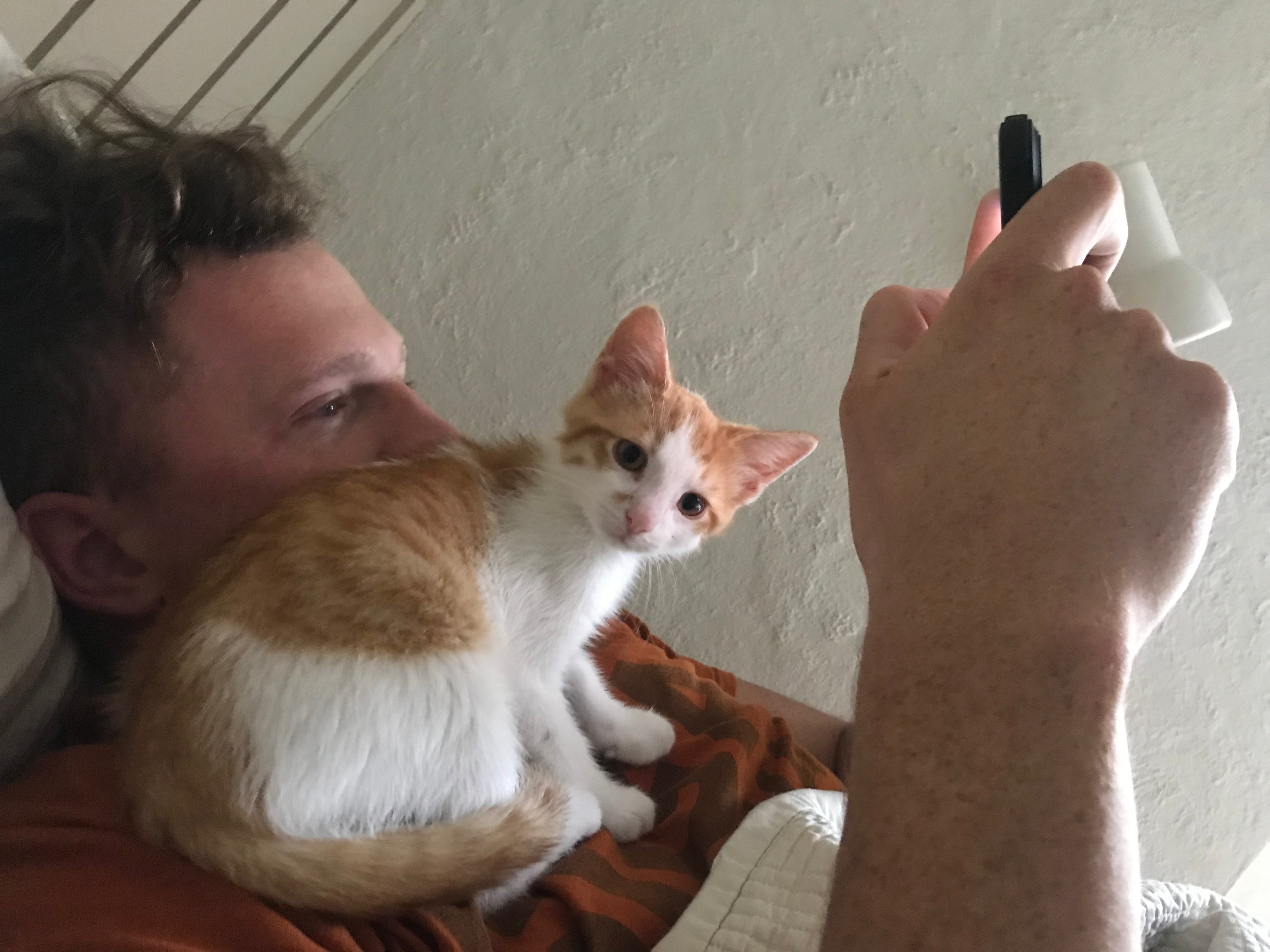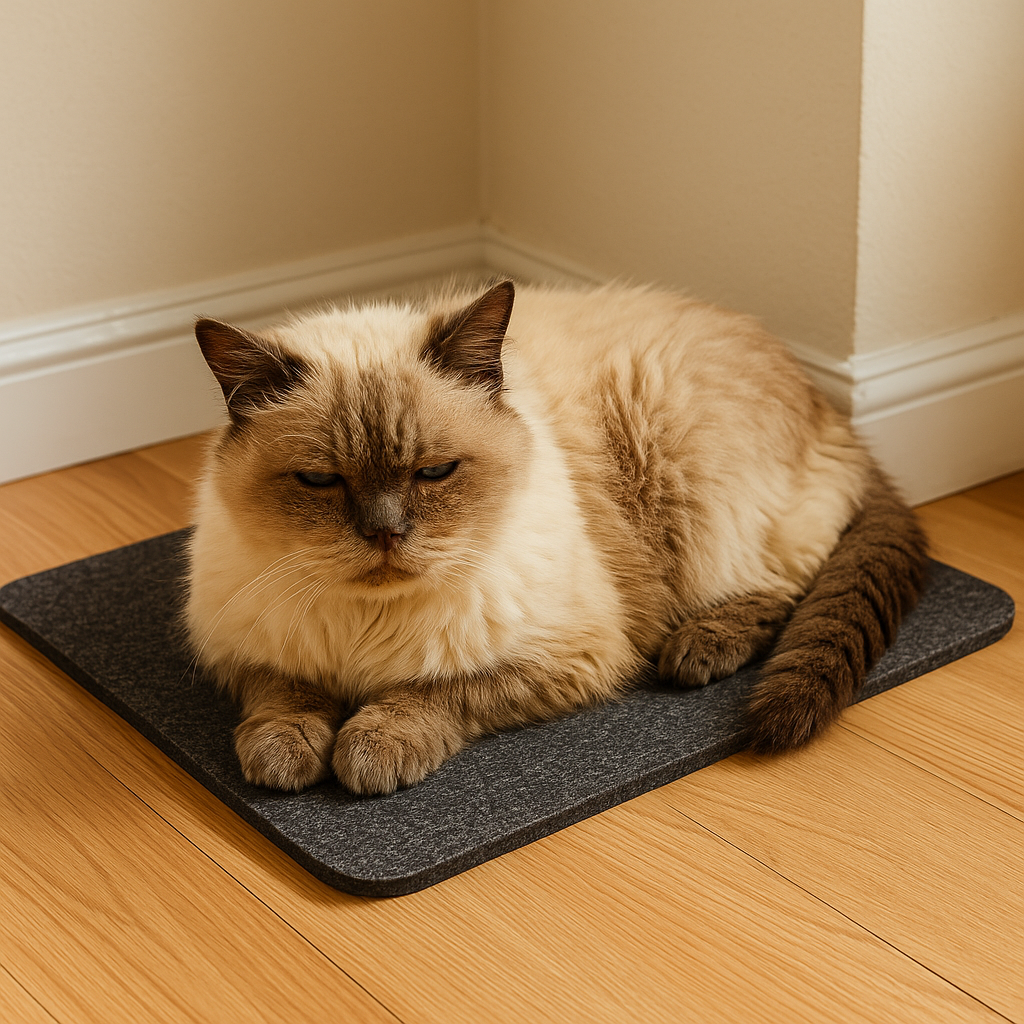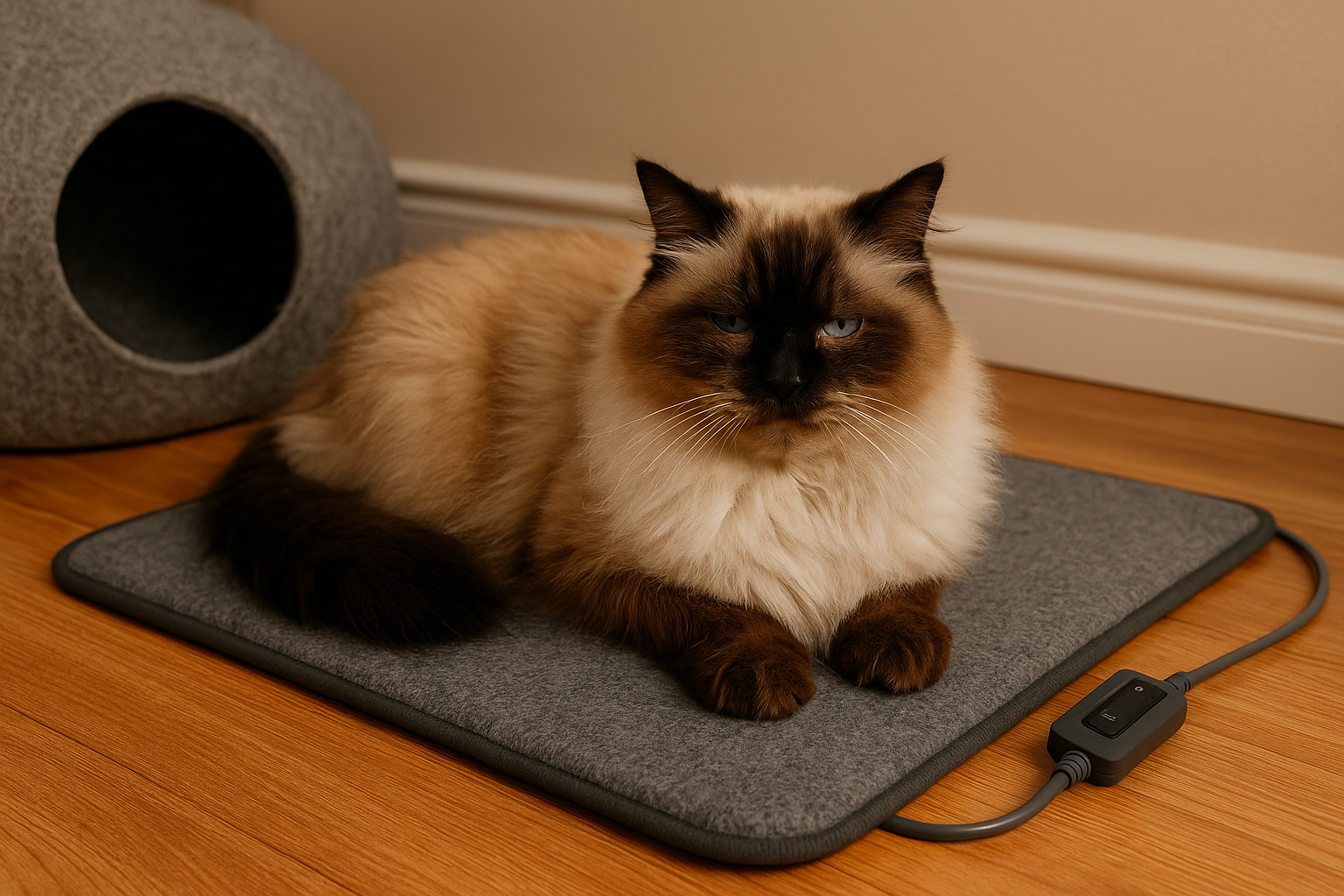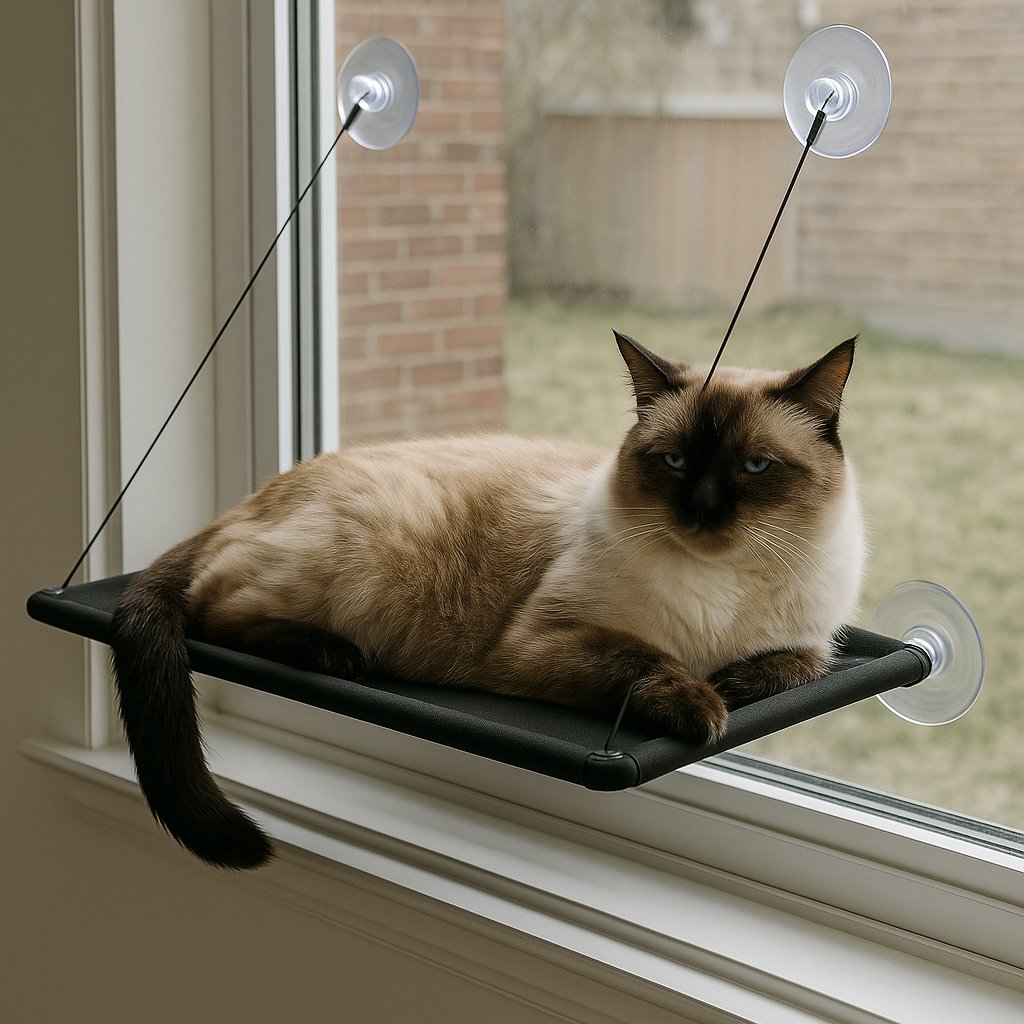Why Cats Are Obligate Carnivores in 2025: Vet Approved Diet Guide 🐱🥩
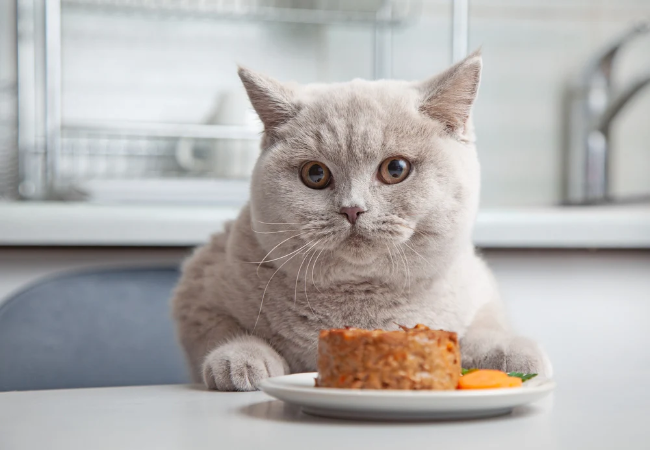
In this article
Why Cats Are Obligate Carnivores in 2025: Vet Approved Diet Guide 🐱🥩
By Dr. Duncan Houston BVSc
The domestic cat may be small, but its nutritional requirements are as specialized as those of the fiercest big cats in the wild. Unlike humans or even dogs, cats are obligate carnivores — meaning they must eat meat to survive. Their anatomy, physiology, and metabolism are all designed for a meat-based diet, and without it, they risk serious health problems.
So, what exactly makes cats obligate carnivores? Let’s explore the science behind their unique dietary needs.
🌟 Unique Nutrients Cats Can Only Get From Meat
Cats require several essential nutrients that are absent or insufficient in plant-based foods. These nutrients highlight why animal flesh is non-negotiable in their diet:
-
Taurine 🧬
-
Found only in animal tissues.
-
Essential for vision, heart function, and reproduction.
-
Deficiency can lead to blindness, heart disease, and developmental issues.
-
-
Arginine 🧪
-
An amino acid critical for removing toxins (ammonia) from the body.
-
Even one arginine-deficient meal can cause severe illness or even death.
-
-
Arachidonic Acid 🧴
-
A fatty acid needed for skin health, clotting, and reproduction.
-
Cats can’t produce it themselves — they must get it from animal fat.
-
-
Vitamin A (Retinol) 👀
-
Cats cannot convert beta-carotene from plants into Vitamin A.
-
They require preformed Vitamin A from liver, eggs, and other animal sources.
-
-
Vitamin D 🌞
-
Unlike humans, cats can’t make enough Vitamin D from sunlight.
-
They rely on meat, especially organ meats and fatty fish, to meet their needs.
-
🍗 Dependence on Protein
Cats are built to thrive on a high-protein diet:
-
Their bodies constantly burn protein for energy, even when protein intake is low.
-
Unlike many animals, cats can’t reduce protein breakdown during shortages.
-
This makes animal protein an essential daily requirement, not just an option.
🍞 Limited Ability to Process Carbohydrates
Unlike omnivores, cats have very limited adaptations for digesting carbs:
-
No salivary amylase (the enzyme in human saliva that starts breaking down starch).
-
Low levels of digestive enzymes that process complex carbohydrates.
-
Their metabolism is geared toward protein and fat, not starches or grains.
This is why cats don’t naturally crave bread, rice, or vegetables — and why too many carbs in cat food can cause obesity and health issues.
🧪 Specialized Digestion and Hormonal Regulation
Cats’ digestive systems are tailored to handle meat efficiently:
-
Highly acidic stomach — ideal for breaking down proteins and killing bacteria in raw prey.
-
Short digestive transit time (under 24 hours) — meat is digested quickly, unlike plant matter which takes longer.
Their hormones also work differently:
-
Ghrelin strongly triggers hunger and feeding.
-
Leptin, which suppresses appetite in many animals, has less effect in cats — explaining why some cats seem “always hungry.”
🩺 Shorter Gastrointestinal Tract
Carnivores generally have shorter, simpler GI tracts than herbivores. For cats:
-
The shorter intestines allow rapid absorption of nutrients from meat.
-
Unlike cows or rabbits, cats don’t need long, complex systems to ferment and extract energy from plants.
🐾 The Bottom Line: Why Cats Must Eat Meat
The classification of cats as obligate carnivores isn’t just a label — it’s a biological truth shaped by evolution. Their survival depends on nutrients found only in animal tissue, a constant supply of protein, and a digestive system fine-tuned for meat.
Feeding your cat a diet that mirrors its natural prey — high in animal protein, moderate fat, and very low carbohydrates — ensures they stay healthy, active, and true to their wild ancestry as hunters.
✅ Key takeaway for cat parents: Always choose high-quality cat food with real animal protein as the primary ingredient. Avoid diets that are heavily plant-based or carbohydrate-loaded, since they don’t meet your cat’s fundamental nutritional needs.




